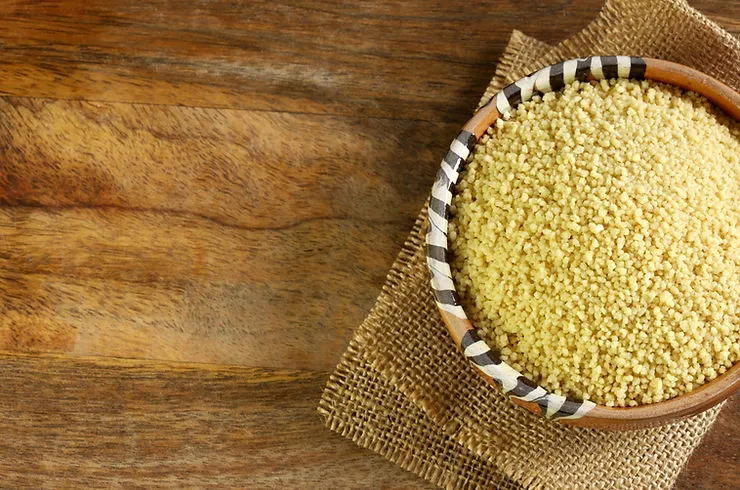
When I was a kid, my Mom brought me to a farm supply store to buy bulk bird seed. They had these big open barrels full of different animal feeds, dried corn, sunflower seeds, millet, you name it. In typical child fashion, I had to touch the bird seed, and by the time my mom turned around, I was elbow deep in the chicken feed!
Looking back, I know that my sensory-seeking behavior had a purpose. The ability to recognize and tolerate different tactile sensations in childhood helps in several aspects of development. Every food you eat or piece of clothing you wear gives your tactile system information. For most of us, this is completely subconscious until something is wrong, food having an unexpected texture or clothing fitting poorly, but this comes with experience. Letting your child encounter various tactile sensations will help them build a library. The goal is for a child to differentiate between sticky, tacky, slimy, wet, gummy, dusty, chalky, scratchy, etc. Eventually, they will be able to associate those sensations with the things that invoke them.
When someone with a well-stocked library walks barefoot, they can recognize what stepping on different things feels like. They realize what’s safe and unsafe. Stepping on a single smooth pebble can be uncomfortable, but it’s safe. Stepping on a sharp pebble might hurt, and you might look at the bottom of your foot to see if it caused any damage, but usually, you can keep going like nothing happened. Stepping on broken glass will give you a sharp stab, and you’ll know to stop and address the situation.
Imagine if you didn’t have this library of sensations to refer to subconsciously. If you step on a smooth pebble, ouch! That felt bad. But how bad? Is it safe to keep going? What if I step on another one? A child without this library may appear to be ‘misbehaving’ to an outsider. They might slow down, refuse to keep walking, cry, or meltdown. If a rock gets in their shoe, they might not be able to process anything except that it hurts. They stop walking and can’t communicate to you why because they might not fully understand it themselves.
One of our favorite tactile tools is dry beans. They’re inexpensive, and if they eat one or two, it’s just beans. Pinto beans are usually the cheapest. Dry rice is another good option. A bucket of beans can be a fun way to provide tactile input to a child. Getting multiple bags and putting them in a kiddy pool becomes a full-body experience. Standing in beans lets you feel them with your feet. It’s bumpy, hard, and they move when you step on them. Ask them what they feel and if they like the way it feels. Ask yourself the same questions!
Next time you’re at the grocery store, pick up a bag of beans!
